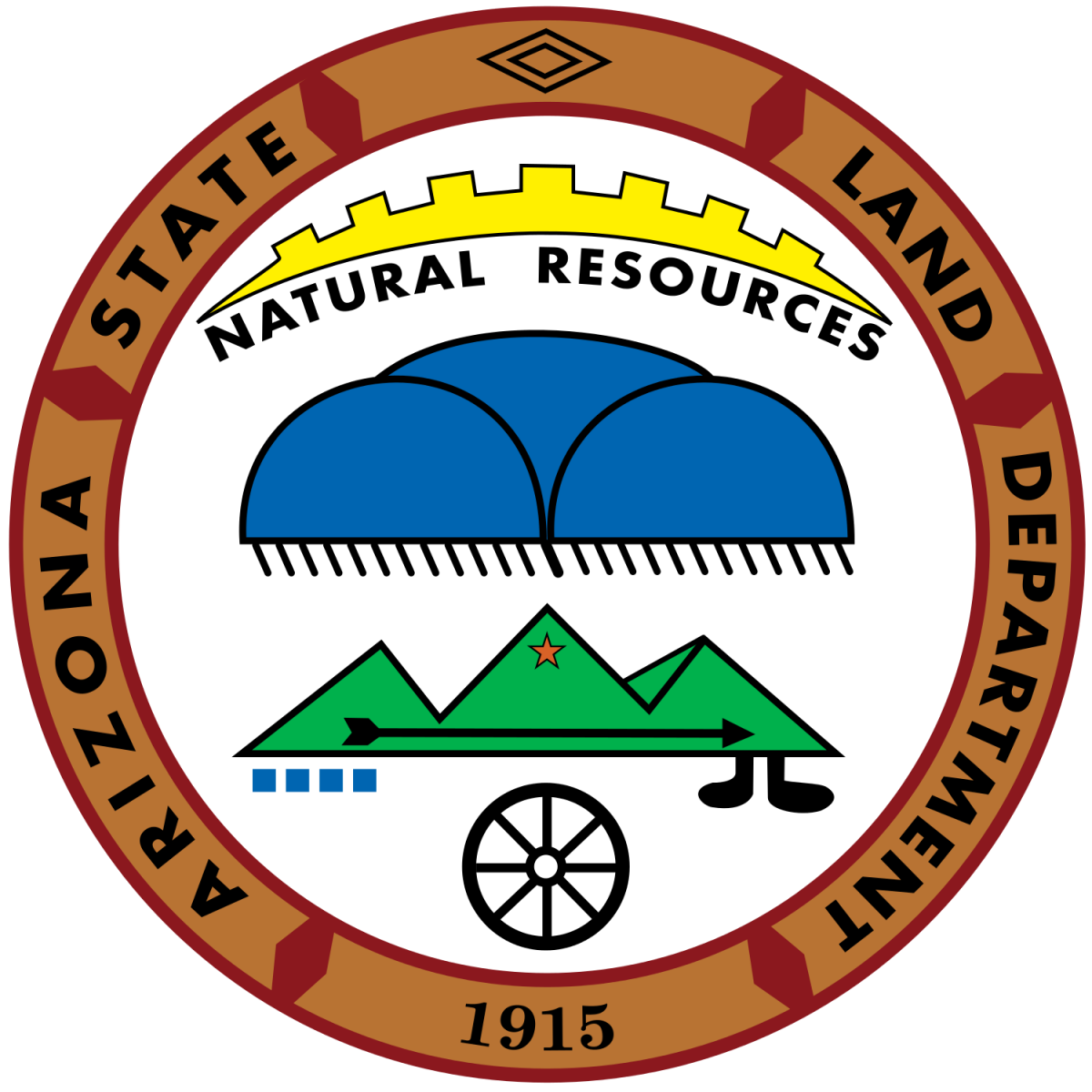The 2025 AGIC Symposium was a success!!! More details about the conference will be coming soon.
Arizona had 5 SAG award winners this year! This sweep shows the incredible impact Arizona has had in the national geospatial industry. The Arizona GIS community is making a difference beyond our boundaries! Please join us in congratulating all the winners!
AGIC and the Arizona State Land Department for the development of the AZGeo Hub
The AZGeo Hub provides a centralized access point for authoritative data, cross jurisdictional collaborative space, GIS tools, custom applications, and much more to citizen’s and GIS professionals in Arizona. More Information
City of Tucson for the development of the Poverty and Urban Stress Hub
From Peter Johnson, IT Manager for the City of Tucson
“The City of Tucson, AZ has been maintaining poverty and urban stress reports over a span of two decades. It was started as a response to the recession that began as a result of the housing crisis in 2007. During this period unemployment in the City of Tucson, as reported by the Arizona Office of Economic Opportunity, went from 3.5% in mid-2007 to a high of 10% in 2010. Poverty within the community continued to rise through the lasting effects of the recession, reaching a peak of 26.7% in 2012. The rate of Tucsonans in poverty then plateaued and hovered just above 25% until 2017 when it began to decline.
In response to this, the city deployed an interactive data site using ArcGIS Hub to provide online mapping tools to support the findings of this report (now in its third update). These maps include indicators over poverty and urban stress by ward, poverty, income and growth in Tucson, and a neighborhood vulnerability index. An especially useful tool was the Survey123 provided for citizens to crowdsource additional data about neighborhoods to supplement the report. This initiative is an outstanding example of leveraging a modern approach to citizen engagement to inform the public and receive timely feedback about he needs and stresses occurring in neighborhoods throughout the city.
In addition to this flagship effort, the City of Tucson’s body of work includes other noteworthy examples of innovation and the capacity of the ArcGIS platform to solve local government issues. These projects include: The Climate Action Hub, the Tucson Delivers project tracking and public engage applications, the Tree Equity Dashboard, the Homeless Protocol applications (internal-only) and the Right of Way Construction tracking tools (internal-only).”
Green Valley Water for improvements to their workflow and record keeping process
Green Valley used various Esri software to transition their workflow and record keeping process from paper to digital. More Information.
Maricopa County for establishing and expanding their Enterprise GIS Program.
Maricopa County Office of Enterprise Technology developed a management process and cross organizational stakeholder engagement model that has helped them to expand their enterprise GIS program. During the COVID-19 pandemic, their work allowed them to seamlessly roll out numerous applications in support of tracking the spread of the virus and the roll-out of the vaccination. The county is involved in regional and national forums where they can share their planning and management best practices.
Yavapai County Flood Control District Stormwater for improvements made to their field inspection process
The Yavapai County Flood Control District wanted to modernize their inspection process, which was being performed using printed log sheets in the field that were then updated in a database at the office. The Yavapai County Flood Control District used a cloud-based platform that could be used on tablets and smartphones to allow field workers to enter their notes directly into a database, which helped centralize and standardize datalogging and record keeping. More Information.
Dec 15 2025 - 2:00pm to 3:00pm
Dec 17 2025 - 1:00pm to 2:30pm
Dec 18 2025 - 10:00am to 11:30am


